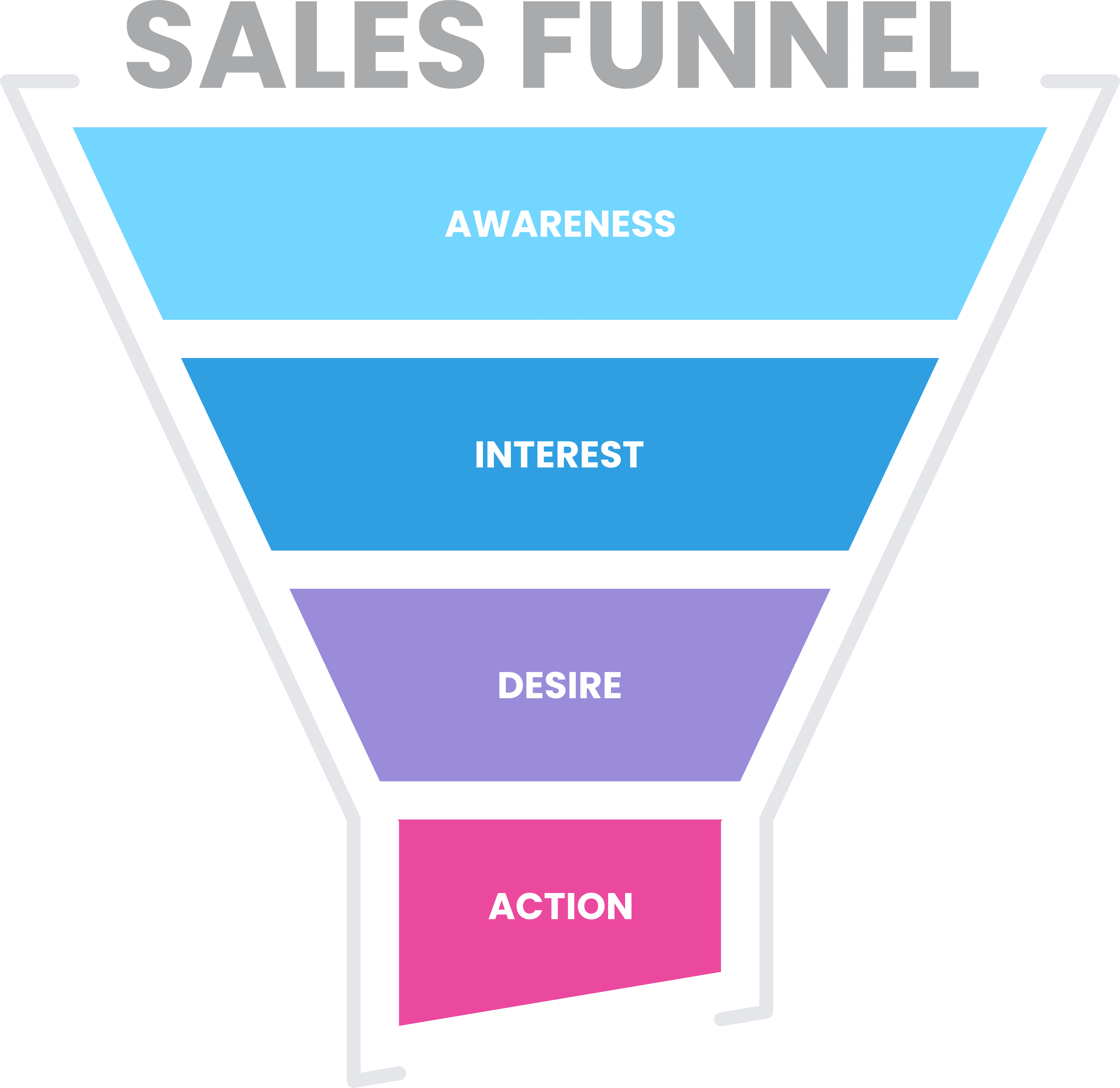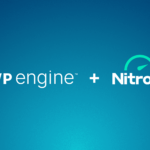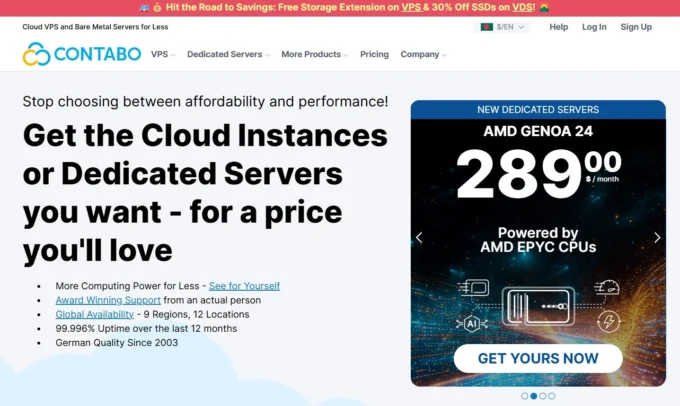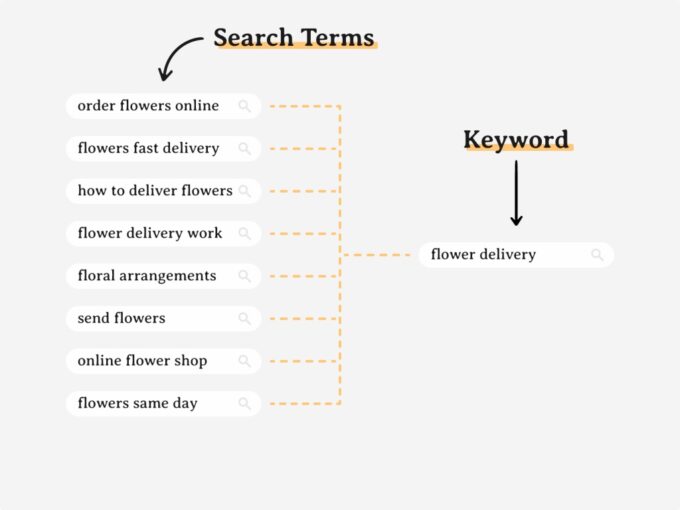Understanding a sales funnel is essential for any business looking to optimize its sales process. The sales funnel is a step-by-step model that outlines the journey of a potential customer from awareness to purchase. This article will delve into what a sales funnel is, how it works, its stages, benefits, and how to create an effective one.
What is a Sales Funnel?
A sales funnel is a visual representation of the customer journey. It depicts the stages a prospect goes through before becoming a customer. The funnel metaphor highlights the narrowing of potential customers as they progress through different stages.
How Does a Sales Funnel Work?
A sales funnel works by guiding potential customers through a series of stages. Each stage is designed to move prospects closer to making a purchase. Businesses use various strategies and tools at each stage to nurture leads and convert them into customers.
What are the 4 Sales Funnel Stages?
The four primary stages of a sales funnel are Awareness, Interest, Desire, and Action. Each stage plays a critical role in converting prospects into customers.

Stage 1: AWARENESS
In the awareness stage, potential customers first learn about your product or service. This stage involves attracting attention through marketing campaigns, content marketing, social media, and other channels.
Example: A company runs a social media ad campaign that highlights a common problem and introduces their product as a solution.
Stage 2: INTEREST
Once prospects are aware of your product, the next step is to generate interest. This involves providing more detailed information and engaging content to capture their interest.
Example: Prospects visit your website and read blog posts or watch videos that explain the benefits of your product.
Stage 3: DESIRE
In the desire stage, prospects develop a preference for your product over competitors. This is achieved through targeted messaging, case studies, testimonials, and personalized offers.
Example: Sending personalized emails with customer testimonials and special discounts to prospects who have shown interest.
Stage 4: ACTION
The action stage is where the prospect makes a purchase decision. This stage focuses on making the buying process as smooth and straightforward as possible.
Example: An e-commerce site offers a one-click checkout process and sends a follow-up email to complete the purchase if the cart is abandoned.
Chart: Sales Funnel Stages and Strategies
| Stage | Objective | Strategy |
|---|---|---|
| Awareness | Attract attention | Social media ads, content marketing |
| Interest | Generate interest | Blog posts, videos, informative emails |
| Desire | Create preference | Testimonials, personalized offers |
| Action | Facilitate purchase | Smooth checkout process, follow-up emails |
7 Benefits of Sales Funnels
- Increased Conversion Rates: Sales funnels help convert more prospects into customers by guiding them through a structured journey.
- Improved Customer Insights: Tracking each stage of the funnel provides valuable insights into customer behavior and preferences.
- Enhanced Marketing Strategies: Funnels enable targeted marketing efforts based on the stage of the customer journey.
- Better Resource Allocation: Focus resources on high-intent leads who are more likely to convert.
- Increased Customer Retention: Nurturing leads effectively can lead to higher customer satisfaction and retention.
- Streamlined Sales Process: A clear funnel structure helps streamline the sales process and improves efficiency.
- Data-Driven Decisions: Analytics from the sales funnel help make informed decisions to optimize marketing and sales strategies.
How to Create a Sales Funnel
Creating an effective sales funnel involves several steps and the integration of various tools and strategies.
1. Using the Conversion Funnel
Start by mapping out the customer journey from awareness to action. Identify the key stages and the actions prospects need to take at each stage. Use data and customer feedback to refine the funnel and ensure it aligns with customer behavior.
Example: Use Google Analytics to track website traffic and identify which pages lead to the most conversions.
2. Using Integrated Online Marketing Tools
Leverage online marketing tools to automate and optimize each stage of the funnel. Tools like email marketing platforms, CRM systems, and social media management tools can enhance the effectiveness of your funnel.
Example: Use Mailchimp to automate email campaigns that nurture leads based on their behavior and interactions with your content.
Sales funnels are crucial for guiding potential customers through the buying process. By understanding the stages and benefits of a sales funnel, businesses can create more effective marketing strategies, improve conversion rates, and ultimately drive more sales. Implementing a well-structured sales funnel with the right tools can lead to significant business growth and success.











Leave a comment